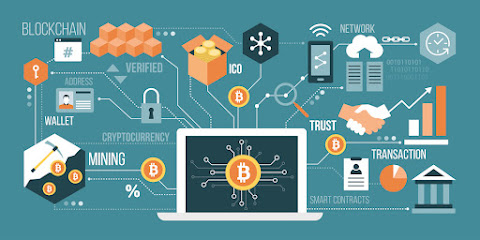What is Blockchain?

Blockchain is a digital ledger of transactions that is decentralized and distributed across a network of computers. Each block in the chain contains a number of transactions, and every time a new transaction is added to the ledger, a new block is added to the chain. The transactions are secured using cryptography, making it difficult for anyone to tamper with the ledger. This creates a tamper-proof record of all transactions on the network, which can be used for a variety of purposes such as digital currencies and smart contracts.
Blockchain technology was first introduced in 2008 as the underlying technology for the digital currency, Bitcoin. However, since then, the use of blockchain has been explored for a wide range of other applications beyond digital currencies.
One of the key features of blockchain is its decentralized nature. Unlike traditional financial systems which rely on a central authority to maintain and verify transactions, a blockchain network is maintained by a network of computers, often referred to as "nodes." Each node maintains a copy of the entire ledger, and the network must reach consensus before any new transactions can be added to the chain. This decentralized structure makes it much more difficult for any one party to tamper with the ledger.

Another important feature of blockchain is its transparency. All transactions on a blockchain network are visible to everyone on the network, making it possible to track the movement of assets and ensure that they are being used as intended.
Smart contracts are self-executing contracts with the terms of the agreement written into code that is stored, replicated and supervised on the blockchain network. Smart contracts allow for the automation of digital transactions, and they can be used for a wide range of applications, such as supply chain management, voting systems, and financial services.
Overall, the blockchain technology has the potential to revolutionize the way we think about trust and security in digital transactions. It has the potential to reduce fraud, increase transparency, and improve efficiency in a wide range of industries.


0 Comments